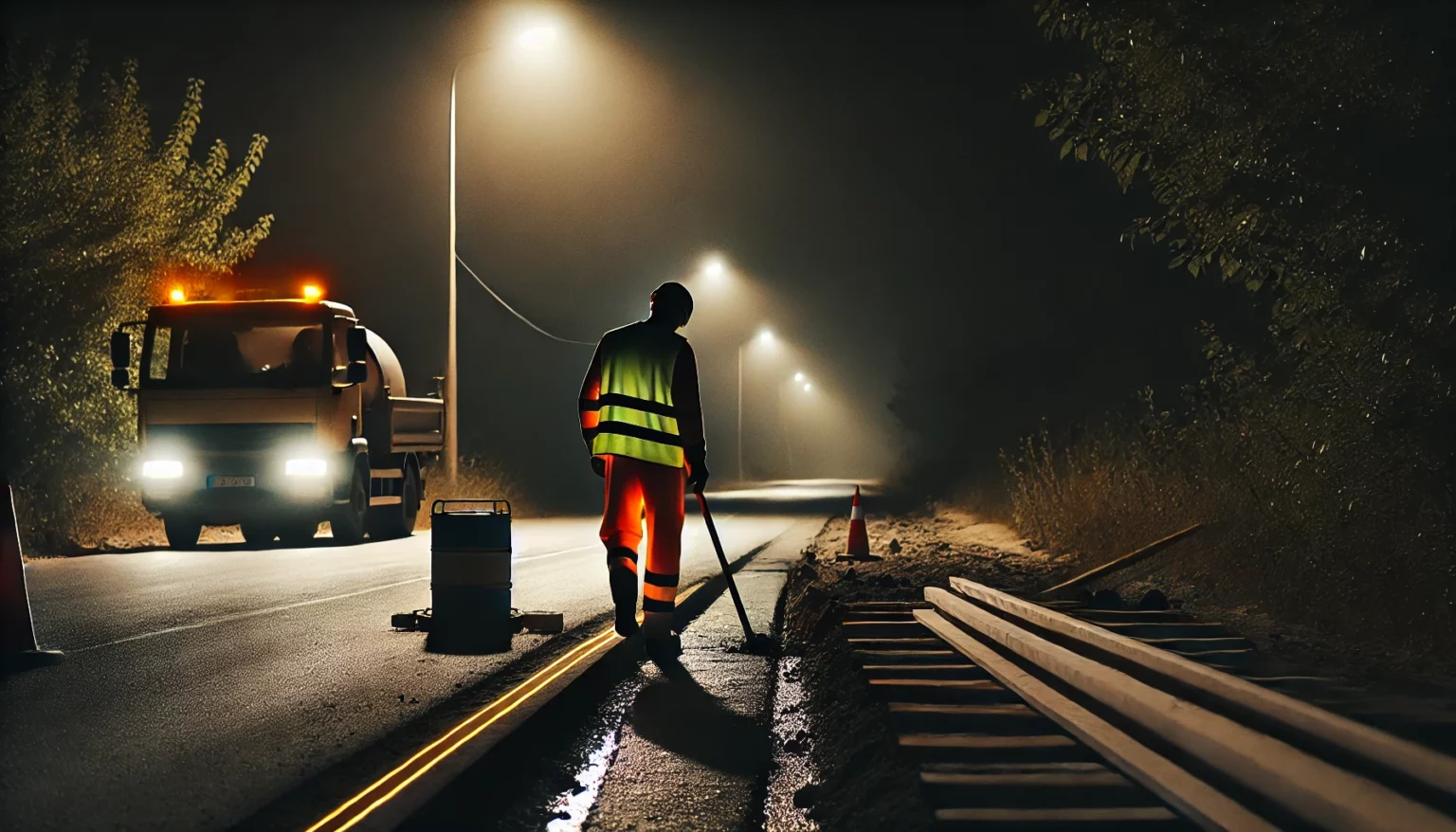Choosing the right hi-vis pants for construction is essential for ensuring visibility and comfort on the job. Construction sites are dynamic environments where clear visibility supports safe coordination among workers and equipment.
This guide will provide all the information you need, from safety standards to fabric durability, so you can make the best choice. By the end, you’ll feel confident in your decision and ready to select the perfect pants for your needs.
Plus, we’ll help you tackle the next step—choosing and maintaining the rest of your workwear for maximum safety and comfort. For a broader overview, check out our comprehensive Hi-Vis Pants Buyer’s Guide.
Key Features of Hi-Vis Pants for Construction
1. Visibility Requirements
Visibility is the primary function of hi-vis pants. For construction work, ensure the pants meet EN ISO 20471 Class 2 or Class 3 standards, depending on your environment. Reflective tape and fluorescent fabric in colors like yellow or orange are common.
2. Durability and Material Strength
Construction work involves exposure to rough surfaces, tools, and debris. Look for pants made from tear-resistant fabrics like polyester-cotton blends or reinforced materials. Water-resistant or flame-retardant finishes can also enhance durability and safety.
3. Comfort and Fit
Comfort is crucial for long shifts. Choose pants with features like adjustable waistbands, articulated knees, and breathable fabrics. European sizing may vary slightly, so always check size charts and try them on when possible.
4. Weather Adaptability
Construction workers often face changing weather conditions. Opt for lined hi-vis pants for winter or lightweight, breathable options for summer. Waterproof pants with taped seams are ideal for rainy environments.
Learn more about weather-resistant options in our Hi-Vis Jackets Guide.
How to Evaluate Hi-Vis Pants
Compliance with Safety Standards
Always check if the pants comply with relevant safety standards like EN ISO 20471, which specify the minimum reflective and fluorescent material required for various risk levels. Look for certification labels to ensure authenticity. Learn more about EN Standards from this guide in Wikipedia.
Reflective Coverage
Ensure the pants have sufficient reflective tape around key areas like thighs and calves. Reflective elements should be visible from all angles.
Extra Features for Construction Work
Consider additional features such as:
- Tool pockets for convenience.
- Reinforced knee patches for durability.
- Elastic or adjustable waistbands for flexibility.
Cost vs. Value
While budget-friendly options exist, investing in high-quality hi-vis pants often pays off in durability and comfort. Explore our full range of Hi-Vis Pants.
Comparison Chart: Hi-Vis Pants Features
| Feature | Essential for Construction? | Example Options |
| Reflective Tape | Yes | Class 2 and 3 Pants |
| Reinforced Material | Yes | Heavy-Duty Hi-Vis Pants |
| Weatherproofing | Optional (climate-specific) | Waterproof Pants |
| Flame Resistance | Job-specific | Fire-Resistant Pants |
| Breathable Fabric | Yes | Lightweight Hi-Vis |
Secondary Hi-Vis Workwear Options
Complement your hi-vis pants with other protective gear for maximum safety. Combining multiple hi-vis items, such as jackets and vests, ensures a cohesive and highly visible outfit that adapts to various site conditions:
- Safety Vests: Lightweight and easy to wear over any outfit.
- Hi-Vis Jackets: Ideal for colder or rainy conditions.
- Cut-Resistant Gloves: Protect your hands while handling sharp materials.
- Safety Shoes: Ensure foot protection with steel-toe or slip-resistant options.
For guidance on choosing other gear, explore related articles like How To Choose The Right Safety Vests.
Tips for Maintaining Hi-Vis Pants
1. Regular Cleaning
Dirt and grime can affect the visibility of reflective tape over time, so regular cleaning is recommended. Follow the manufacturer’s washing instructions to maintain visibility.
2. Inspect for Wear and Tear
Inspect for signs of wear, such as fading or fraying, to keep your hi-vis pants effective and reliable. Check your pants periodically, especially if used daily, to maintain their visibility and durability. Consider replacing pants when necessary to meet safety standards and maintain their effectiveness.
3. Proper Storage
Store hi-vis pants in a cool, dry place away from direct sunlight to prevent fading.
Conclusion
We hope this guide has provided you with the essential insights needed to choose the right hi-vis pants for your construction work. From visibility standards to comfort and durability, we’re here to support you in making the best choice for your safety and needs.
Explore our full range of Hi-Vis Pants on Droppe, where trusted brands and quality options are just a click away. For further reading, check out sibling articles like Selecting The Best Hi-Vis Overalls.
Have questions or need further advice? Don’t hesitate to reach out—we’re always here to help you find the perfect gear for your job and ensure your safety and confidence in every purchase.
– The Droppe Team
Frequently Asked Questions
Class 2 offers medium visibility, while Class 3 provides the highest level of visibility for high-risk environments.
Yes, there are options designed for both cold and hot weather, including waterproof and breathable materials.
Yes, reflective tape and fluorescent colors ensure visibility even in low-light or nighttime conditions.
Look for the EN ISO 20471 label, which guarantees the pants meet visibility and safety regulations.
Yes, but always follow the manufacturer’s washing instructions to maintain the reflective quality and durability.

















